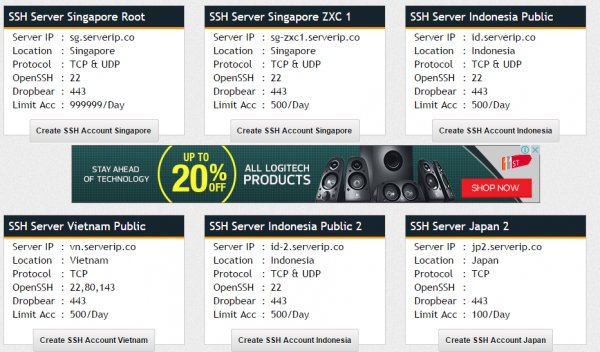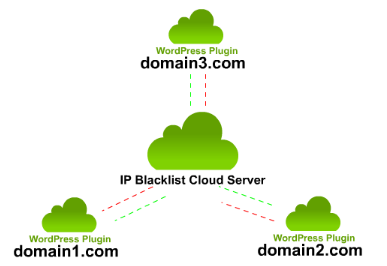Source: https://zulfah.my/files/openvpnsetup/vpn_install.txt
Got this while surfing the internet. A no brainer way to install and setup OpenVPN in CentOS. The only thing left is to open port 1194/udp 1337/udp from firewall / router
yum update -y && yum -y install nano unzip wget gcc make rpm-build autoconf.noarch zlib-devel pam-devel openssl-devel cd /home wget http://dl.fedoraproject.org/pub/epel/6/i386/epel-release-6-8.noarch.rpm && rpm -Uvh epel-release-6-8.noarch.rpm yum update -y && yum -y install openvpn cd /etc/openvpn wget https://zulfah.my/files/openvpnsetup/configuration-OpenVPN/server.conf.txt wget https://zulfah.my/files/openvpnsetup/configuration-OpenVPN/easy-rsa-2.2.0_master.tar.gz mv server.conf.txt server.conf tar -zxvf easy-rsa-2.2.0_master.tar.gz cd /etc/openvpn/easy-rsa-2.2.0_master/easy-rsa/2.0 rm -rf vars rm -rf openssl-1.0.0.cnf wget https://zulfah.my/files/openvpnsetup/configuration-OpenVPN/easyrsa/vars wget https://zulfah.my/files/openvpnsetup/configuration-OpenVPN/easyrsa/openssl-1.0.0.cnf chmod 755 * source ./vars ./vars ./clean-all ./build-ca *change hostname ./build-key-server server *change hostname ./build-dh cd /etc/openvpn/easy-rsa-2.2.0_master/easy-rsa/2.0/keys cp dh1024.pem ca.crt server.crt server.key /etc/openvpn iptables -t nat -A POSTROUTING -s 10.8.0.0/24 -o eth0 -j MASQUERADE service iptables save nano -w /etc/sysctl.conf *change net.ipv4.ip_forward = 1 sysctl -p echo 0 > /selinux/enforce cd /etc/openvpn wget https://zulfah.my/files/openvpnsetup/configuration-OpenVPN/openvpn-auth-pam.zip unzip openvpn-auth-pam.zip service openvpn start chkconfig openvpn on useradd testuser -d /dev/null passwd testuser




